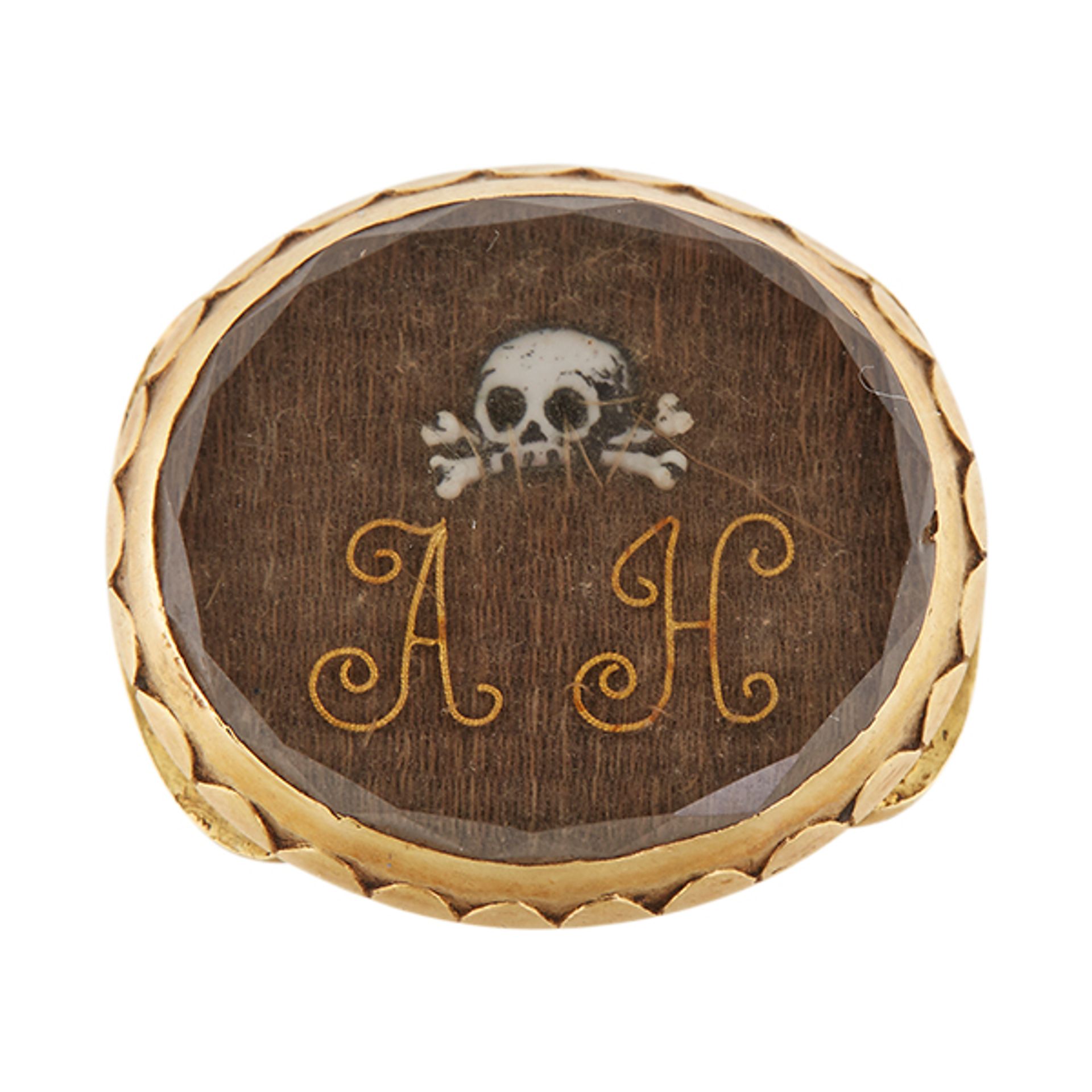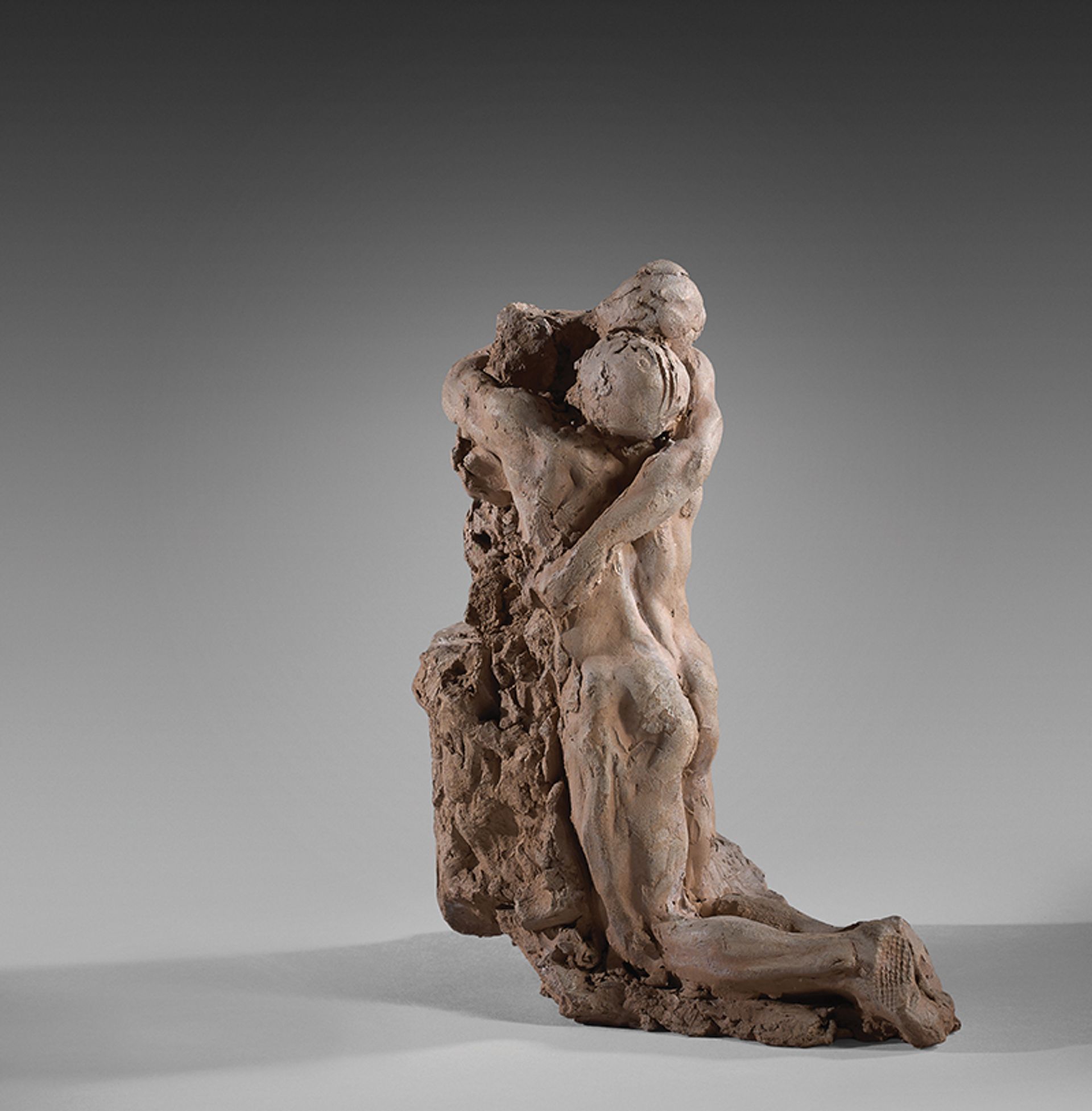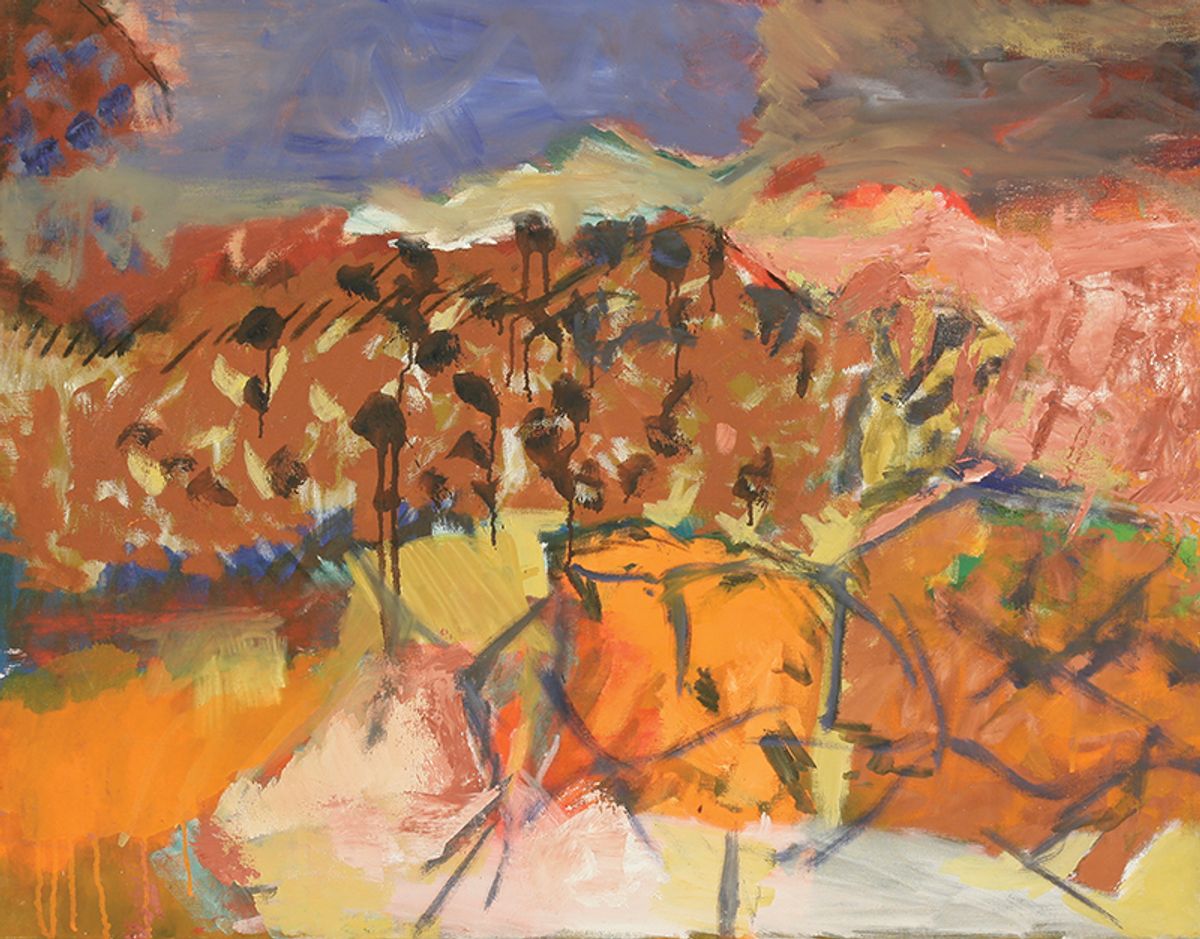Essex, UK
Sworders, 13 November
MODERN BRITISH AND 20TH-CENTURY ART
After the Second World War, an influx of Australian artists arrived in the UK. Among them was the painter Tony Underhill (1923-77). A friend of the painter Brett Whiteley (1939–1992), from the 1950s to 1970s Underhill achieved commercial success in London for his abstract and figurative paintings. After his sudden death, his second wife closed his studio, with his works and equipment preserved as he had left them. All requests for access to the studio were refused, including from representatives sent by then Tate director Nicholas Serota, and from Jonathan Watkins (later the director of the Serpentine Gallery and currently director of the Ikon Gallery), who sought Underhill’s work for the Australian Art in Europe exhibition in the late 1980s. Forty years later, Underhill’s children have opened it up again and Sworders will sell 15 paintings from the studio, including the oil on canvas Landscape (date unknown), estimated at £300 to £500.

Courtesy of Freeman's
Philadelphia
Freeman’s, 15 November
AMERICAN FURNITURE, FOLK AND DECORATIVE ARTS
A macabre subsection of this sale is devoted to the memento mori and mourning jewellery collection of the late historians Anita and Irvin G. Schorsch. The couple assembled more than 150 pieces that illustrate how the act of grieving changed over 200 years in England and the US, ranging from the skulls and skeletons on 17th-century lockets—which often contained the hair of the deceased— to idealised Neo-Classical depictions of heaven from the late 18th century. Alongside are 19th-century mourning costumes for adults and children, and presidential mourning ribbons and accessories from the couple’s now-closed Museum of Mourning Art in Philadelphia. Pictured is a late 17th-century Stuart crystal mourning slide (worn on a ribbon on the wrist) containing hair work, which was bought from S.J. Phillips in London and is estimated at $800 to $1,200.

Courtesy of Artcurial
Paris
Artcurial, 27 November
CAMILLE CLAUDEL: A TREASURED LEGACY
Camille Claudel's (1864-1943) career was cut short by poor mental health—the French sculptor produced only around 80 works between the ages of 17 and 41. After training in Paris, she worked in Rodin’s workshop, becoming his colleague, model and muse. Rodin refused to leave his companion, Rose Beuret, and Claudel’s emotional stability deteriorated. In 1913, she was interned in a psychiatric hospital, where she died in obscurity. Since Claudel was rediscovered in the 1970s, her star has risen. The 20 bronzes, terracottas, plaster casts and preparatory works on o er at Artcurial come from the Claudel family home in Villeneuve-sur-Fère. Among them are two sensitive terracotta studies of Sakountala (1886), depicting the Hindu heroine reuniting with her lover, each estimated at €50,000-€70,000. They were made in preparation for L’abandon (1886-1905), a bronze cast that is also included in the sale, estimated at €600,000 to €800,000.


